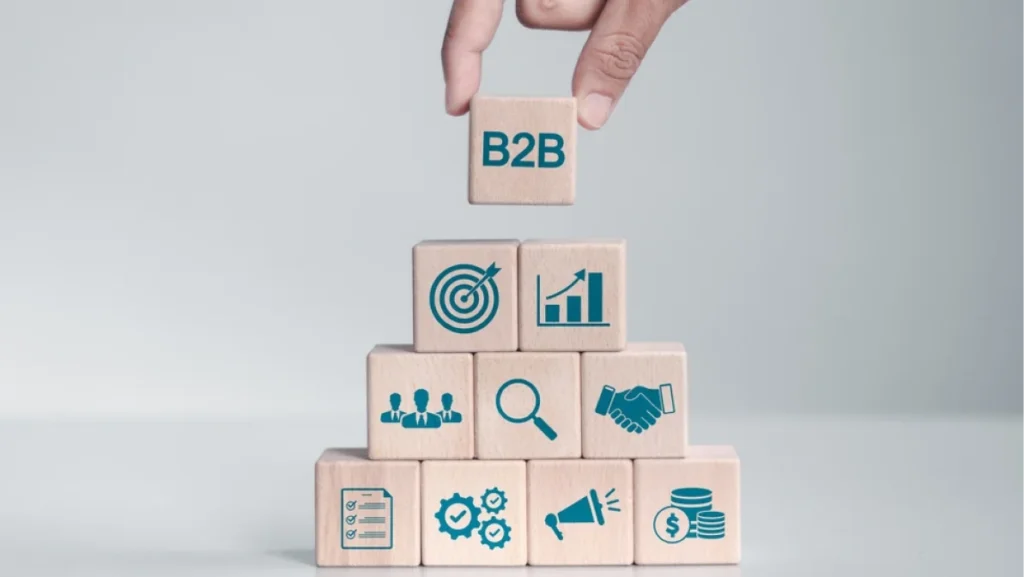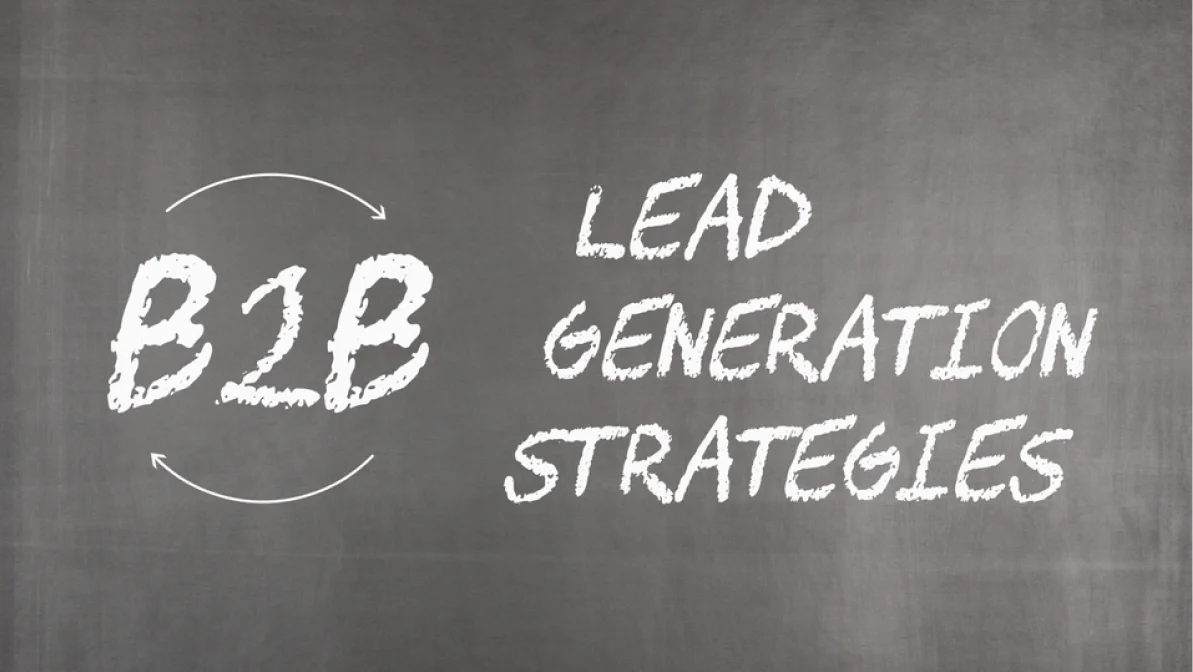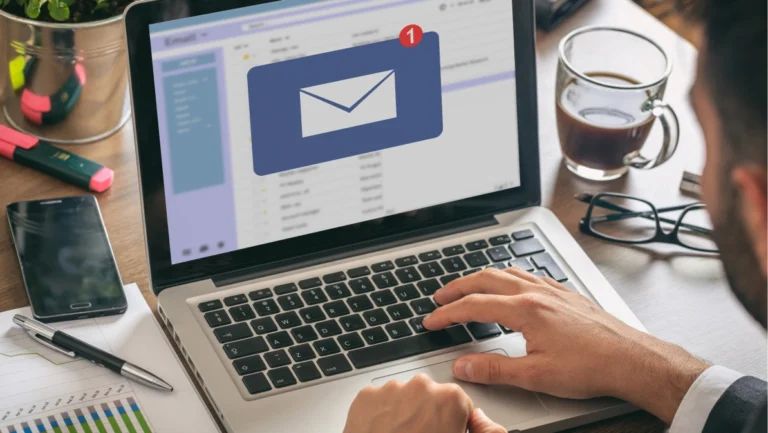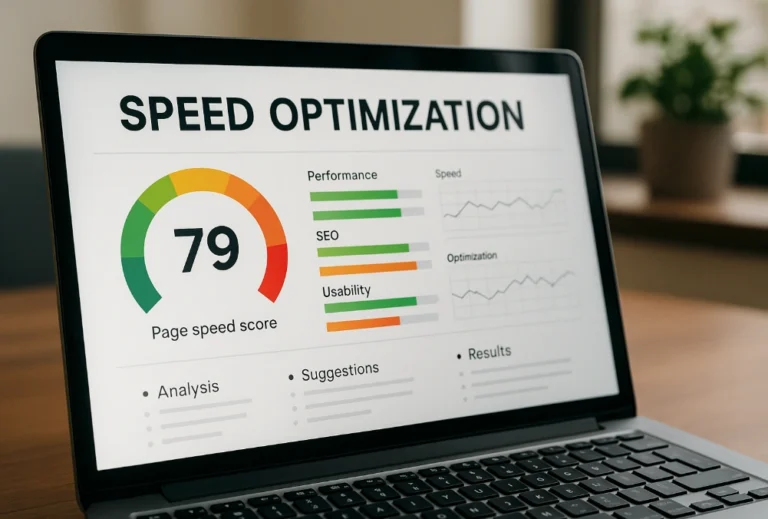B2B lead generation strategies are essential for driving consistent business growth. Attracting high-quality leads involves more than just building a contact list. It requires identifying potential clients, understanding their needs, and engaging them through channels that deliver value.
Strong lead generation is the starting point for building trust and creating long-term partnerships.
To generate B2B leads effectively, companies must use a strategic mix of inbound and outbound tactics. This includes content marketing, outreach campaigns, lead nurturing, and leveraging tools that support the entire B2B sales funnel.
Each element plays a role in guiding prospects from initial awareness to final conversion. This guide explores the most effective B2B lead generation strategies and more.
The Importance of B2B Lead Generation
Lead generation for B2B companies is the lifeblood of revenue. Unlike B2C, where transactions can be quick and impulsive, B2B buyers follow a deliberate, research-driven process. Having solid B2B marketing tactics in place ensures you’re connecting with decision-makers at the right time with the right message.
The stronger your lead generation strategy, the more qualified B2B leads you attract, resulting in higher conversion rates and a healthier pipeline.
How to Generate B2B Leads Effectively

Understanding how to generate B2B leads is essential for any company aiming to scale. Below are some of the most effective methods to attract and convert qualified B2B leads.
Identify Your Ideal Customer Profile (ICP)
Before generating leads, businesses must clearly define who they are targeting. An accurate ICP ensures your efforts are focused on prospects most likely to convert.
Develop a Value-Driven Offer
Prospects are more likely to engage when presented with a compelling offer. Whether it’s a free trial, whitepaper, or consultation, the offer must address their pain points.
Build a Multi-Channel Outreach Strategy
Combining email, social media, phone calls, and content marketing ensures you meet leads where they are and build brand familiarity.
Track and Refine Lead Sources
Use analytics to measure which channels deliver the best results. Continuously optimize to improve lead quality and reduce acquisition costs.
Understanding the B2B Lead Generation Funnel
The B2B sales funnel maps the journey from awareness to decision. At the top, potential leads learn about your brand. In the middle, they evaluate your offerings. At the bottom, they’re ready to convert. Understanding this funnel is critical for deploying the right content, messaging, and outreach tactics to keep prospects engaged throughout the buyer’s journey.
Outbound vs Inbound B2B Leads: Key Differences and When to Use Each
Comparing outbound vs inbound B2B leads can help you decide which approach to prioritize based on your goals, resources, and audience behavior.
Inbound B2B Leads
Inbound leads come to you through organic content, SEO, social media, and email subscriptions. These leads are often more informed and further along in the decision-making process.
Outbound B2B Leads
Outbound leads are acquired through proactive outreach, such as cold emails, calls, and paid ads. This approach is ideal for targeting specific industries or roles and accelerating pipeline growth.
Choosing the Right Approach
The best B2B lead generation strategies often combine both methods. Inbound builds long-term authority and leads flow, while outbound allows for direct engagement with high-value targets.
Aligning Inbound and Outbound for a Unified B2B Strategy
By aligning both strategies, businesses can expand reach, improve engagement, and drive higher-quality leads across the funnel.
Combine Content with Outreach
Use high-value inbound content like whitepapers or webinars as a follow-up in outbound emails. This adds credibility and drives higher response rates.
Create a Feedback Loop Between Teams
Marketing can use sales feedback to refine inbound messaging, while sales can use marketing materials to support outbound efforts. A constant loop of data and insights keeps both teams aligned.
Sync Campaign Timing and Messaging
Ensure that inbound campaigns support the timing and messaging of outbound initiatives. Consistency across touchpoints reinforces brand trust and improves conversion rates.
Inbound B2B Lead Generation Strategies
Inbound strategies focus on attracting leads organically through content and engagement.
Content Marketing
Creating high-value content such as blogs, whitepapers, webinars, and case studies positions your business as an industry authority. This helps attract leads who are actively researching solutions like yours. Consistent, informative content builds trust and pulls prospects into your funnel.
Search Engine Optimization (SEO)
SEO ensures your website and content are discoverable when prospects search for relevant topics. By optimizing for keywords and improving site structure, businesses increase visibility and attract leads actively seeking information or solutions.
Social Media Marketing (LinkedIn & Twitter)
LinkedIn and Twitter offer powerful platforms for B2B marketing tactics. Sharing insights, engaging in industry discussions, and promoting gated content can drive meaningful traffic and interactions with potential leads.
Email Marketing & Newsletters
Email campaigns and newsletters are effective for both initial outreach and ongoing engagement. They allow you to deliver personalized, relevant content directly to your audience and keep your brand top-of-mind.
Outbound B2B Lead Generation Strategies

Outbound strategies involve proactively reaching out to potential leads.
Cold Email Campaigns
When done right, cold email campaigns can be highly effective. Personalized messaging, clear value propositions, and strategic follow-ups can spark conversations with decision-makers and generate interest.
Cold Calling with Intent
Cold calling still works, especially with a targeted list and a focused script. Researching the company and addressing a specific pain point improves the chances of connecting with receptive leads.
Paid Advertising
Using paid platforms like LinkedIn Ads or Google Ads allows you to reach specific audiences quickly. Paid ads are especially useful for promoting webinars, whitepapers, or free trials to generate qualified B2B leads.
Leveraging Technology for B2B Lead Generation
Modern tools can streamline your lead generation process and improve accuracy.
CRM Tools
CRM systems help track interactions, organize contacts, and manage pipelines. They ensure no lead slips through the cracks and make collaboration between sales and marketing seamless.
Lead Generation Platforms
Platforms like ZoomInfo, Apollo, and LinkedIn Sales Navigator help identify and target ideal prospects. They offer data insights that make your outreach more strategic and timely.
Marketing Automation for Nurture Flows
Automated email sequences and behavior-based triggers help nurture leads at scale. These tools ensure consistent engagement and push leads toward conversion without overwhelming your team.
Chatbots and Website Lead Capture Tools
Chatbots and forms help engage visitors in real-time and capture valuable information. Offering demos, consultations, or downloadable assets in exchange for contact info can turn anonymous traffic into actionable leads.
Best Practices for B2B Lead Nurturing

Effective lead nurturing bridges the gap between initial contact and sales readiness.
Personalized Email Follow-Ups
Generic emails rarely convert. Personalization based on industry, role, and behavior increases engagement and shows leads that you understand their specific needs.
Content That Supports Each Stage of the Buyer’s Journey
Provide top-of-funnel blog posts, mid-funnel case studies, and bottom-of-funnel comparison sheets. This variety helps lead self-education and move naturally toward a buying decision.
Lead Scoring and Dynamic Segmentation
Assign scores based on engagement and behavior. Segmenting your list allows you to send targeted messages to leads based on where they are in the funnel.
Aligning Sales and Marketing for Handoff and Follow-Through
Sales and marketing should work together on defining qualified B2B leads. A smooth handoff ensures that hot leads are contacted quickly and appropriately.
Metrics to Track and Optimize Your Strategy
Measuring success is critical for improving your B2B lead generation strategies.
- Cost per Lead (CPL): Understand how much you’re spending to acquire each lead.
- Lead Conversion Rate: Measure how many leads convert into customers.
- Lead-to-Customer Time: Track how long it takes to convert a lead.
- Email Open and Click Rates: Gauge the effectiveness of your outreach.
- Website Traffic & Bounce Rate: Analyze user behavior on your site.
- Lead Quality Score: Assess how closely leads match your ideal customer profile.
- Sales Qualified Leads (SQL) Ratio: See how many marketing leads are sales-ready.
Driving Growth Through Smarter B2B Lead Generation
Crafting effective B2B lead generation strategies is an ongoing process that requires creativity, precision, and alignment between your marketing and sales teams. From understanding the B2B sales funnel to implementing the best lead generation methods, businesses that invest in both inbound and outbound tactics are best positioned to succeed. Nurturing relationships with qualified B2B leads and leveraging technology can dramatically increase your chances of closing deals.
LeadOrigin specializes in helping businesses like yours create and execute powerful B2B lead generation strategies. With offices at 2100 W Loop S #1400, Houston, TX 77027, and 228 Hamilton Ave Suite 325, Palo Alto, CA 94301, our team combines data-driven insight with proven marketing execution to deliver results. Contact us today!






